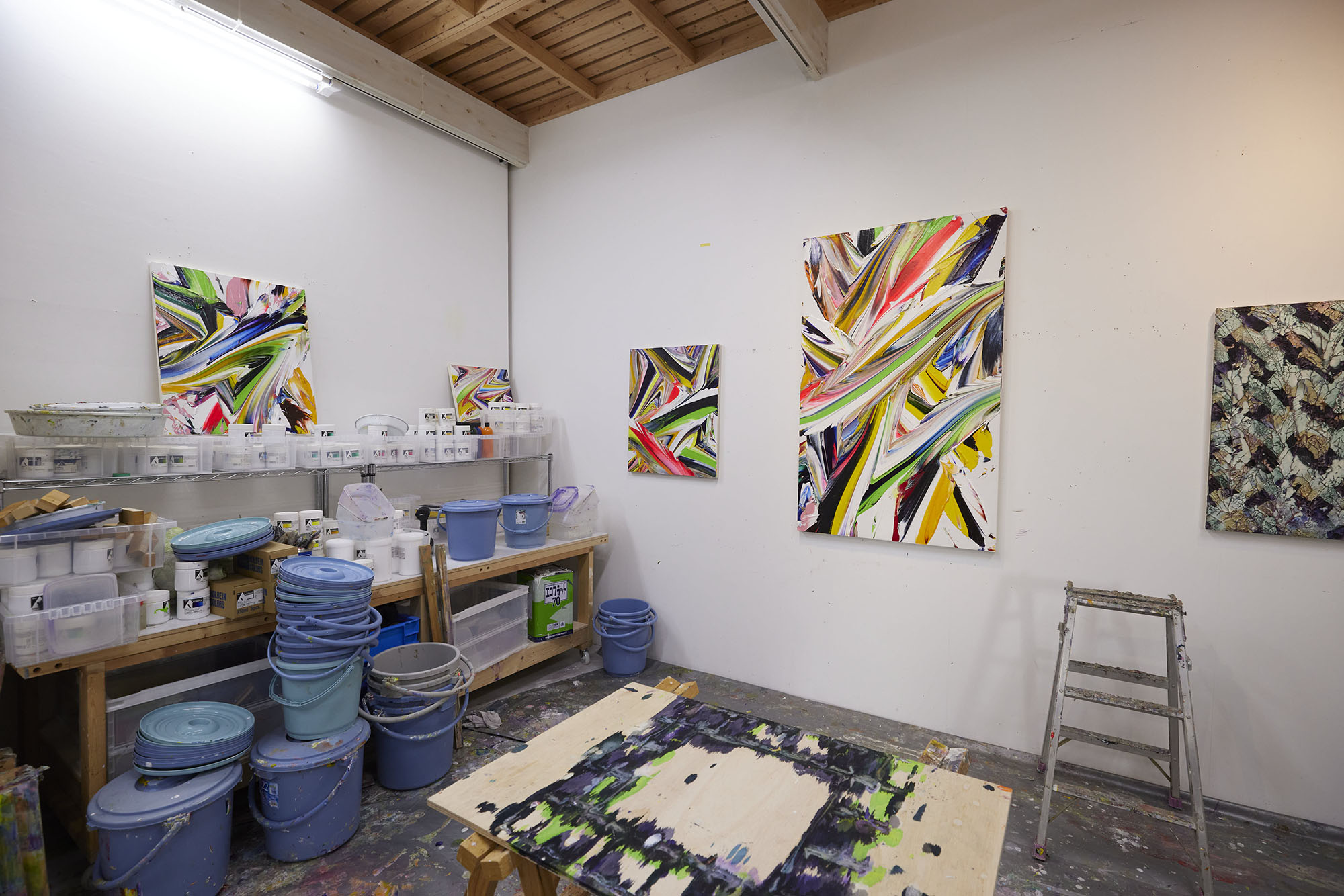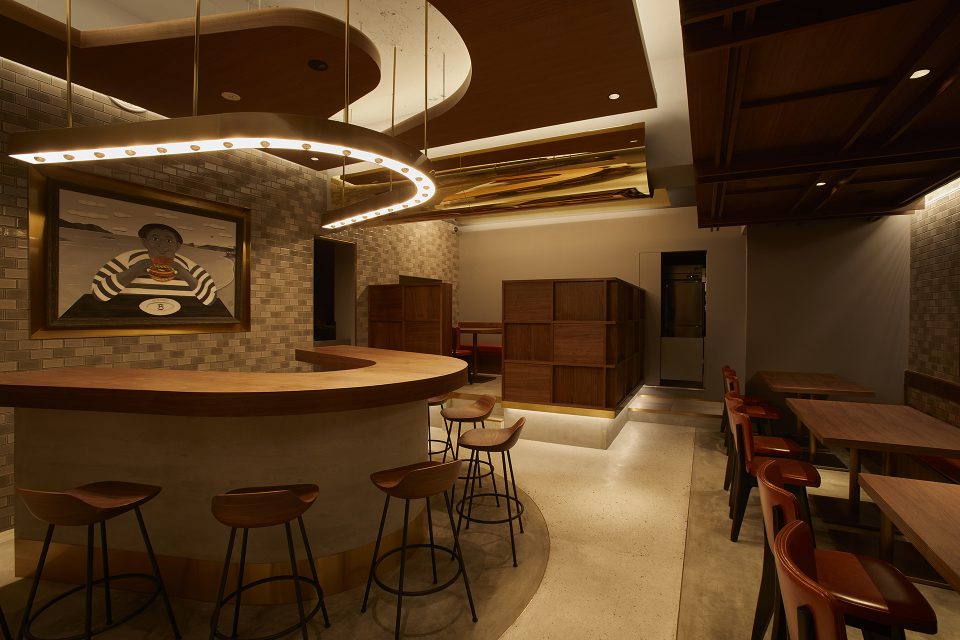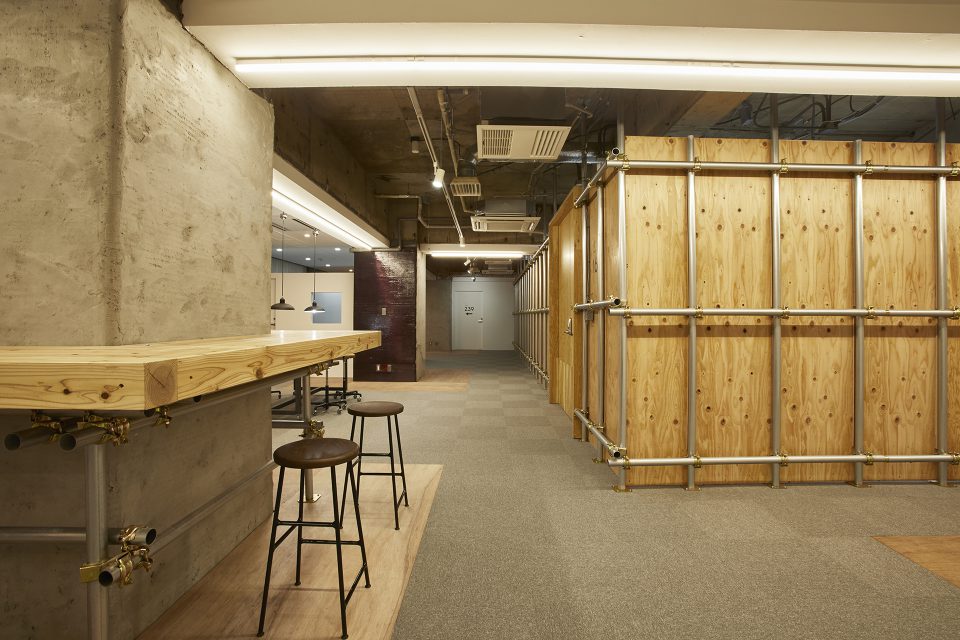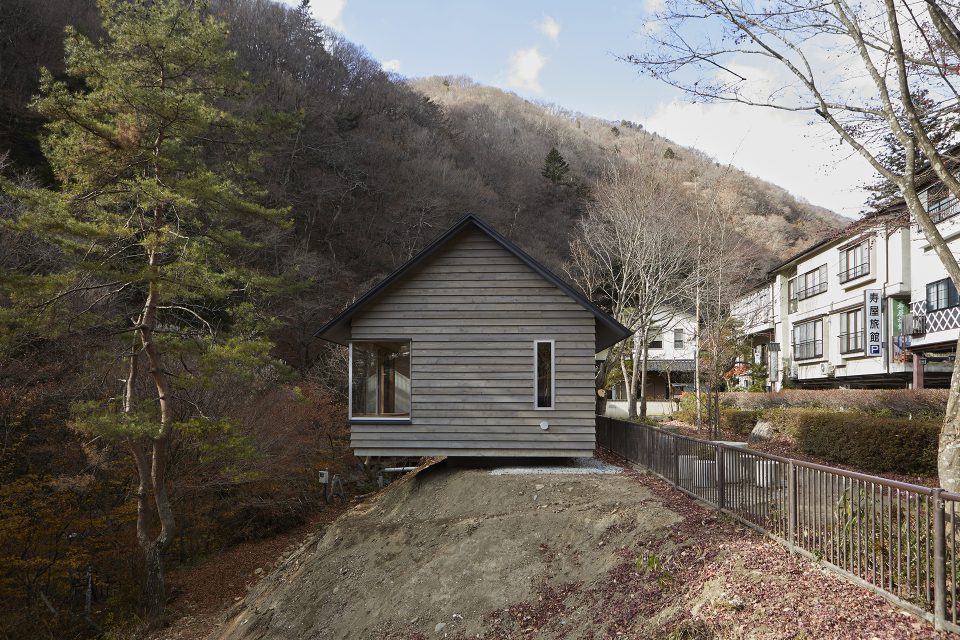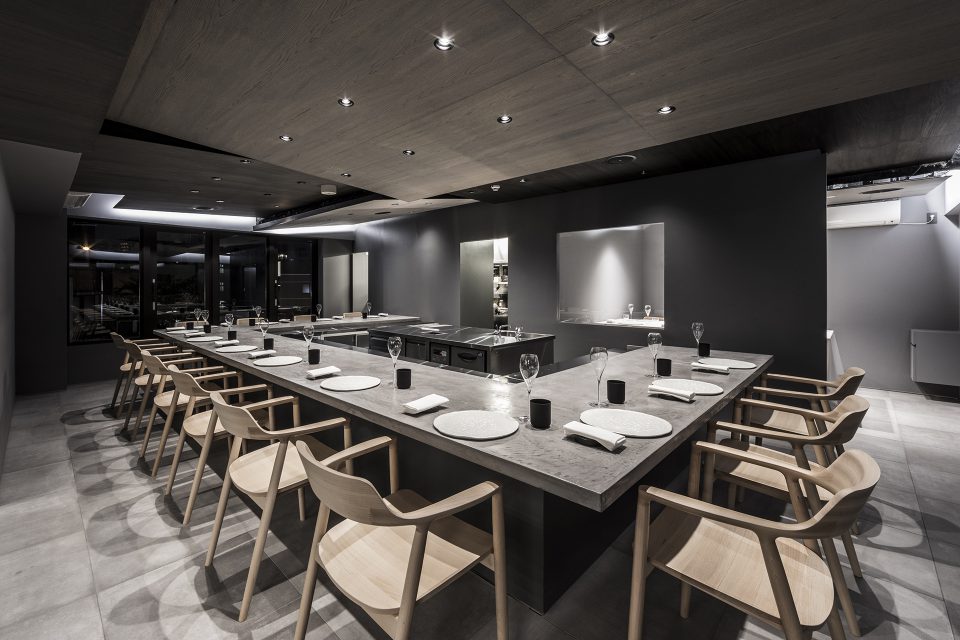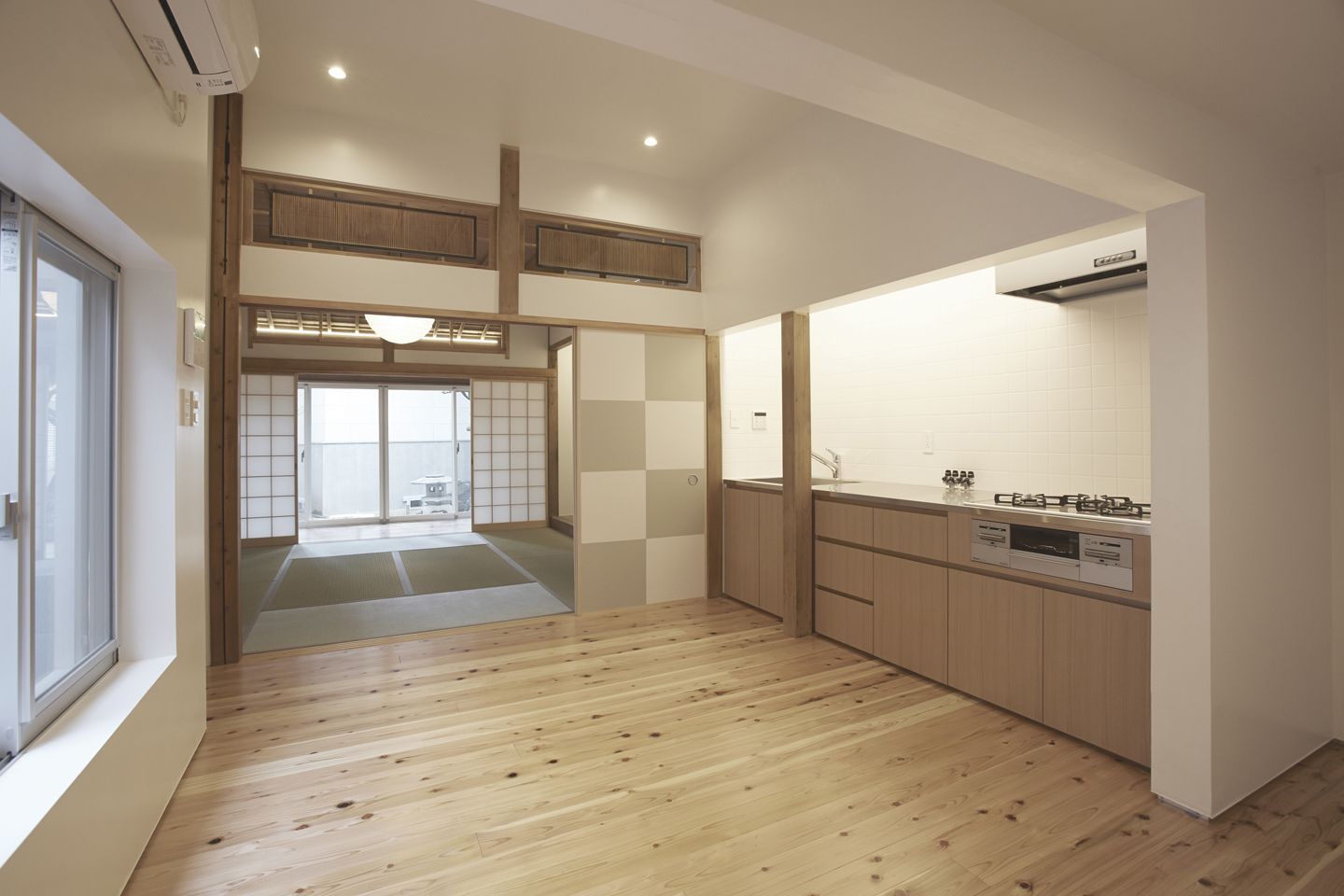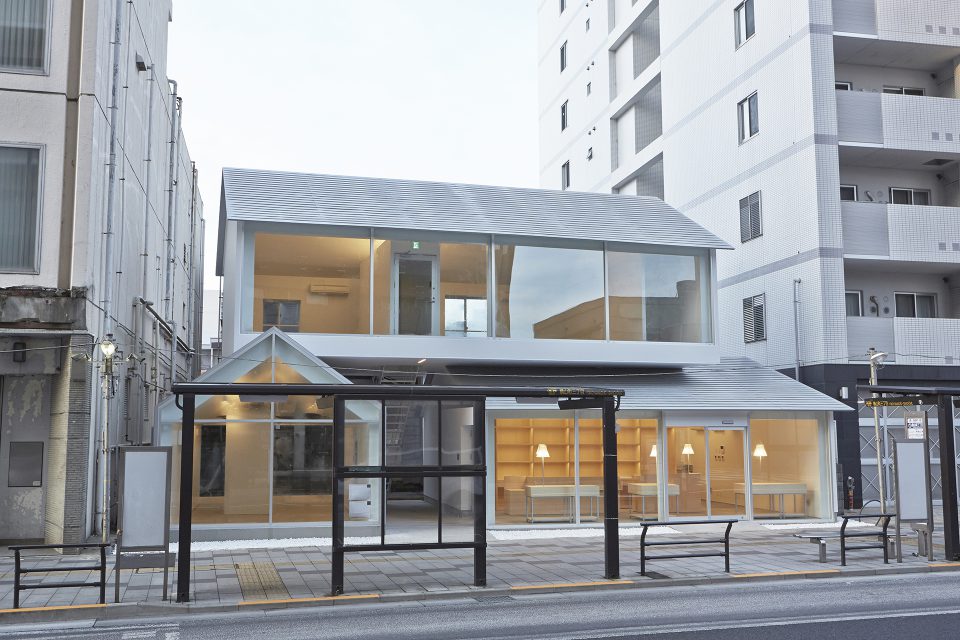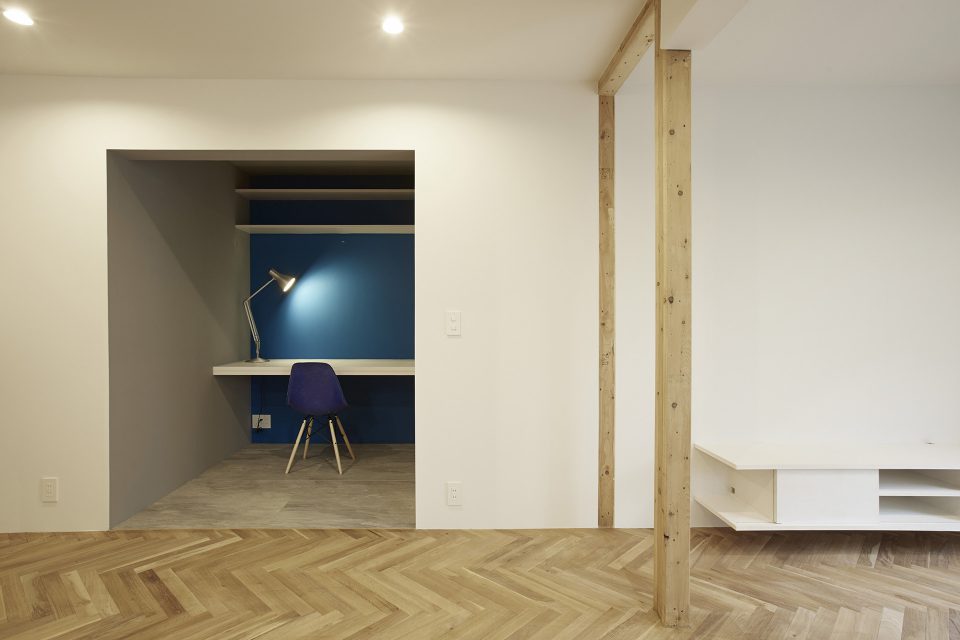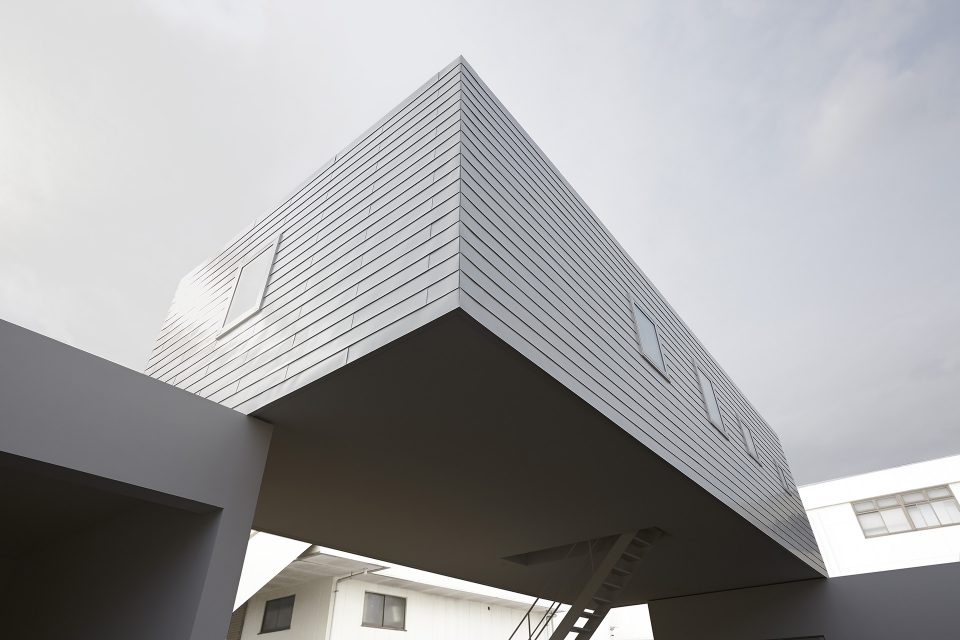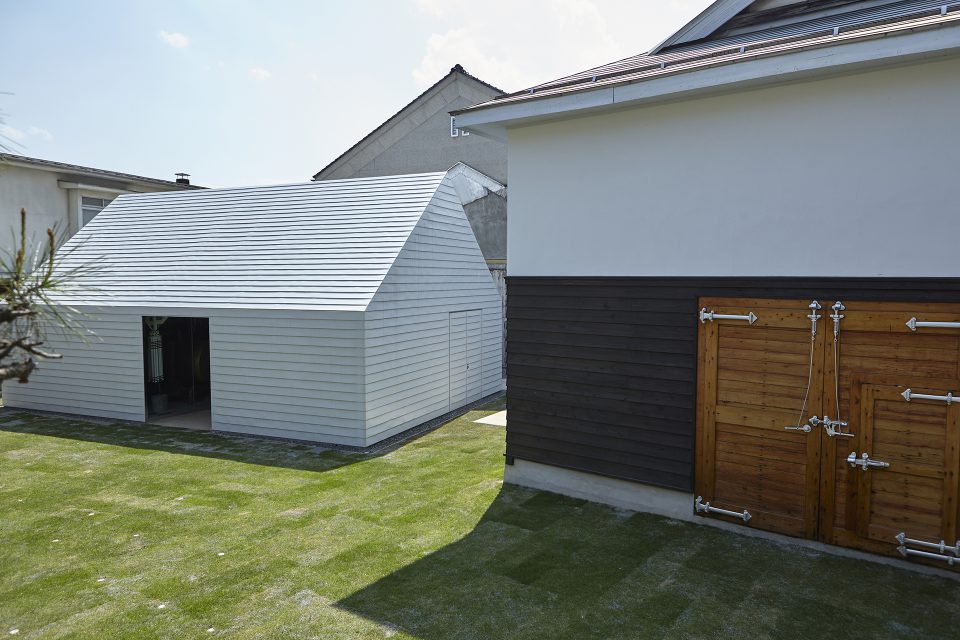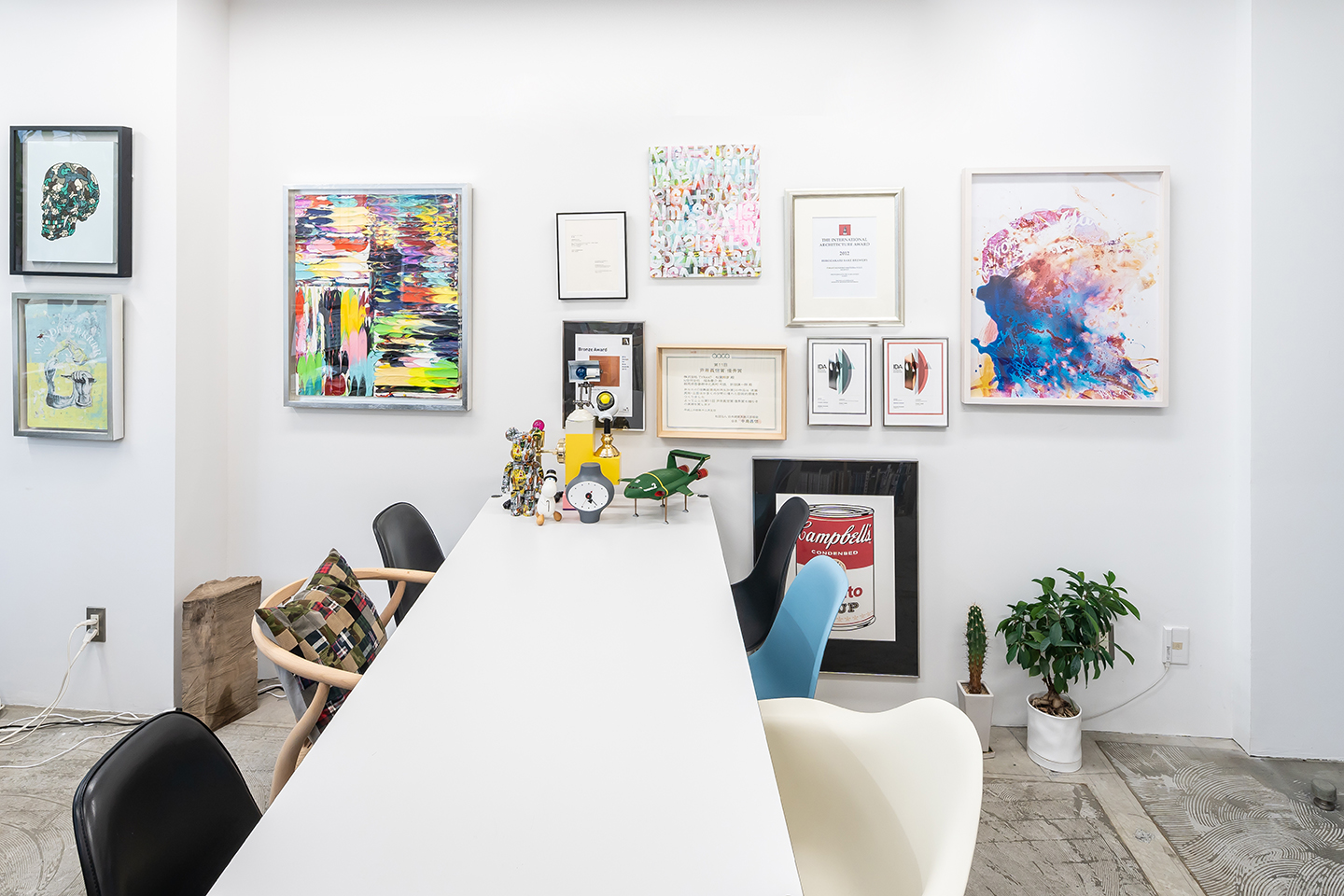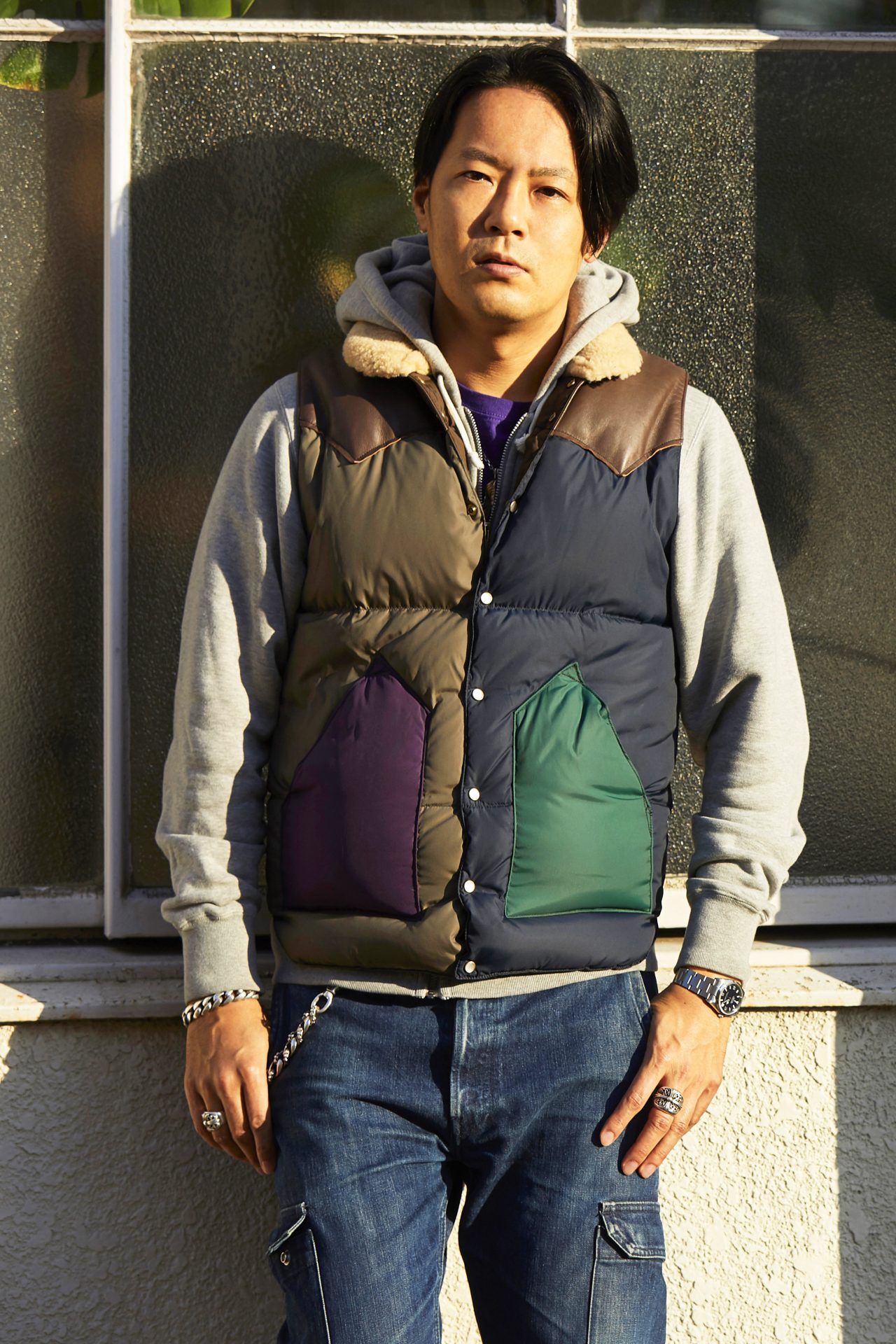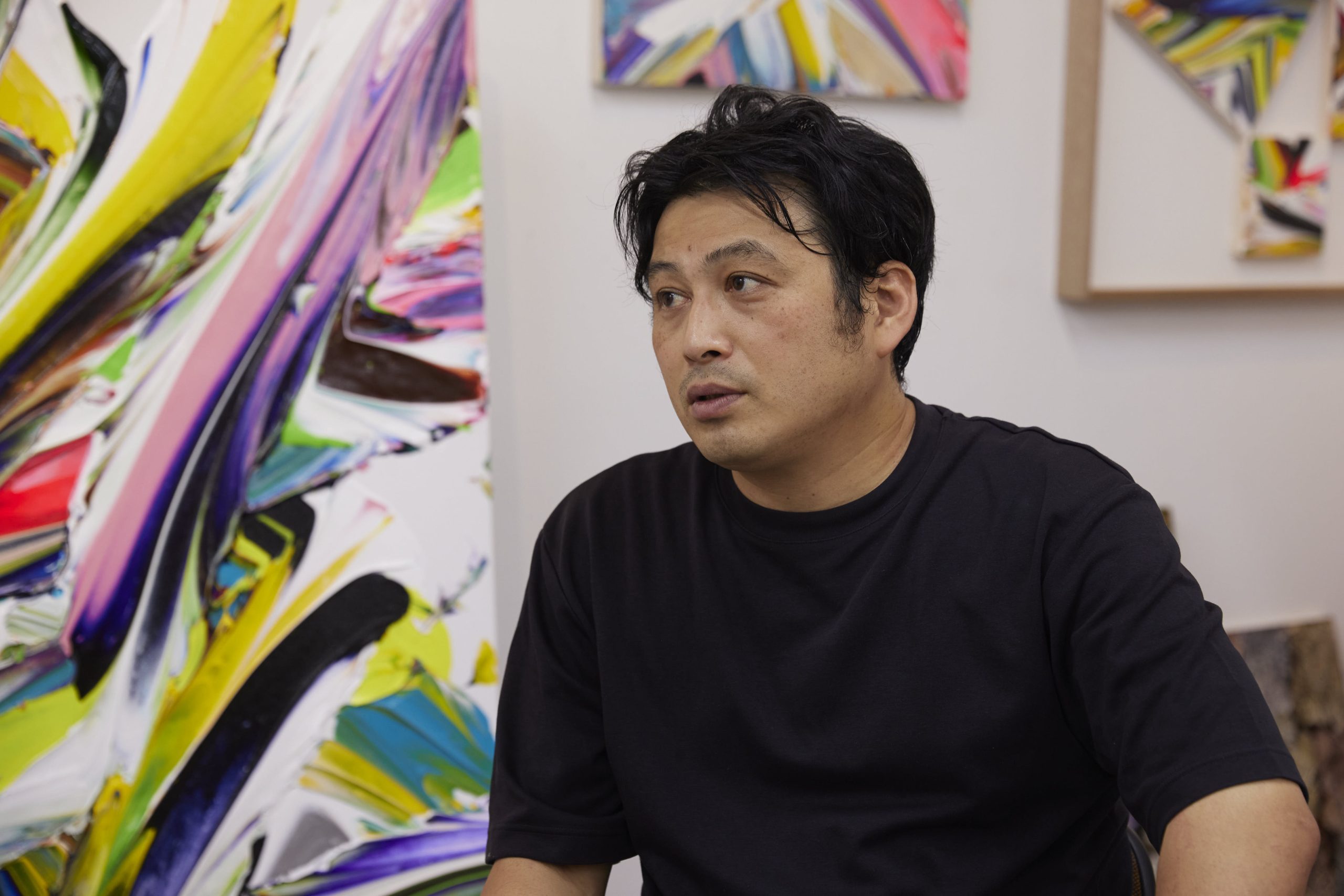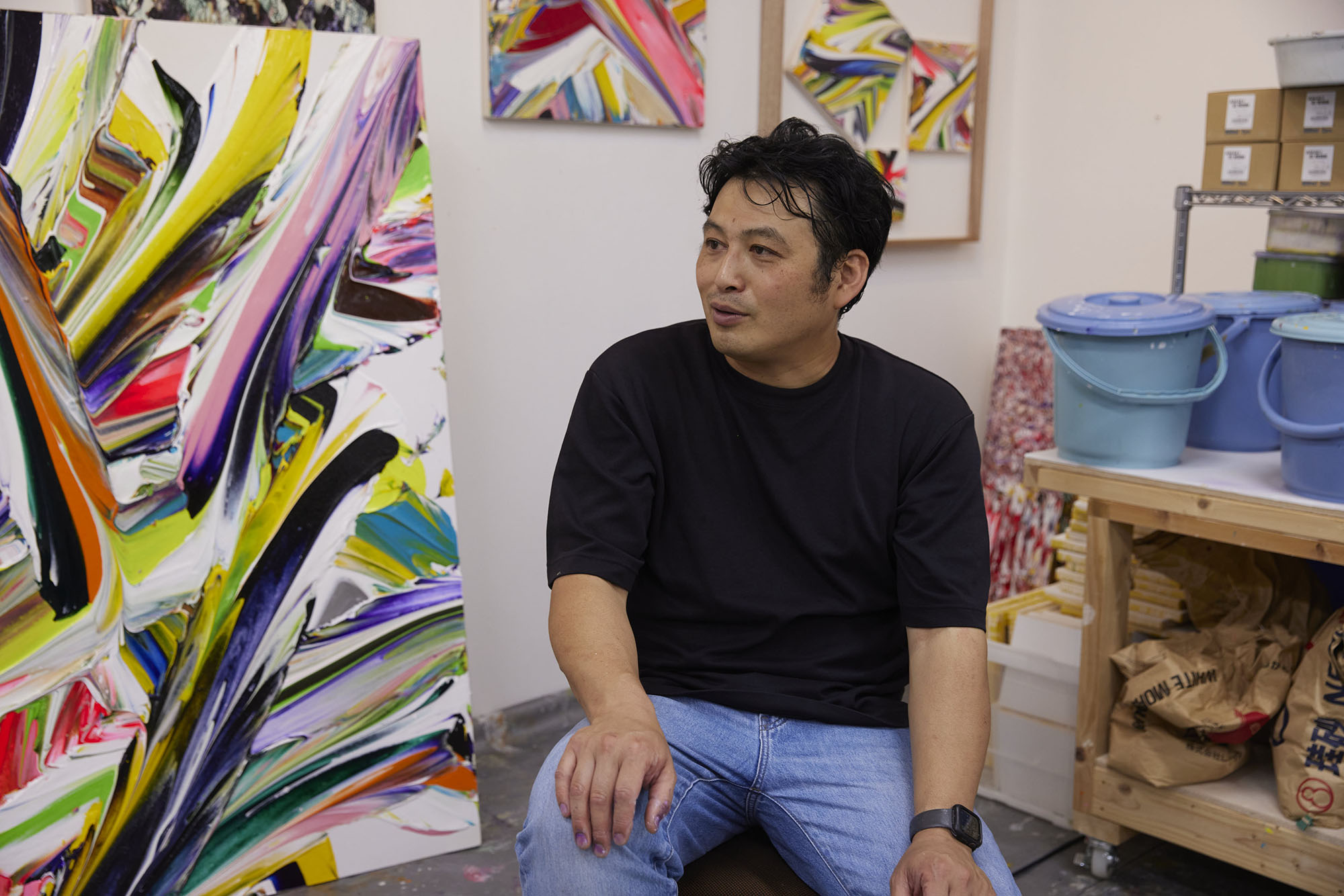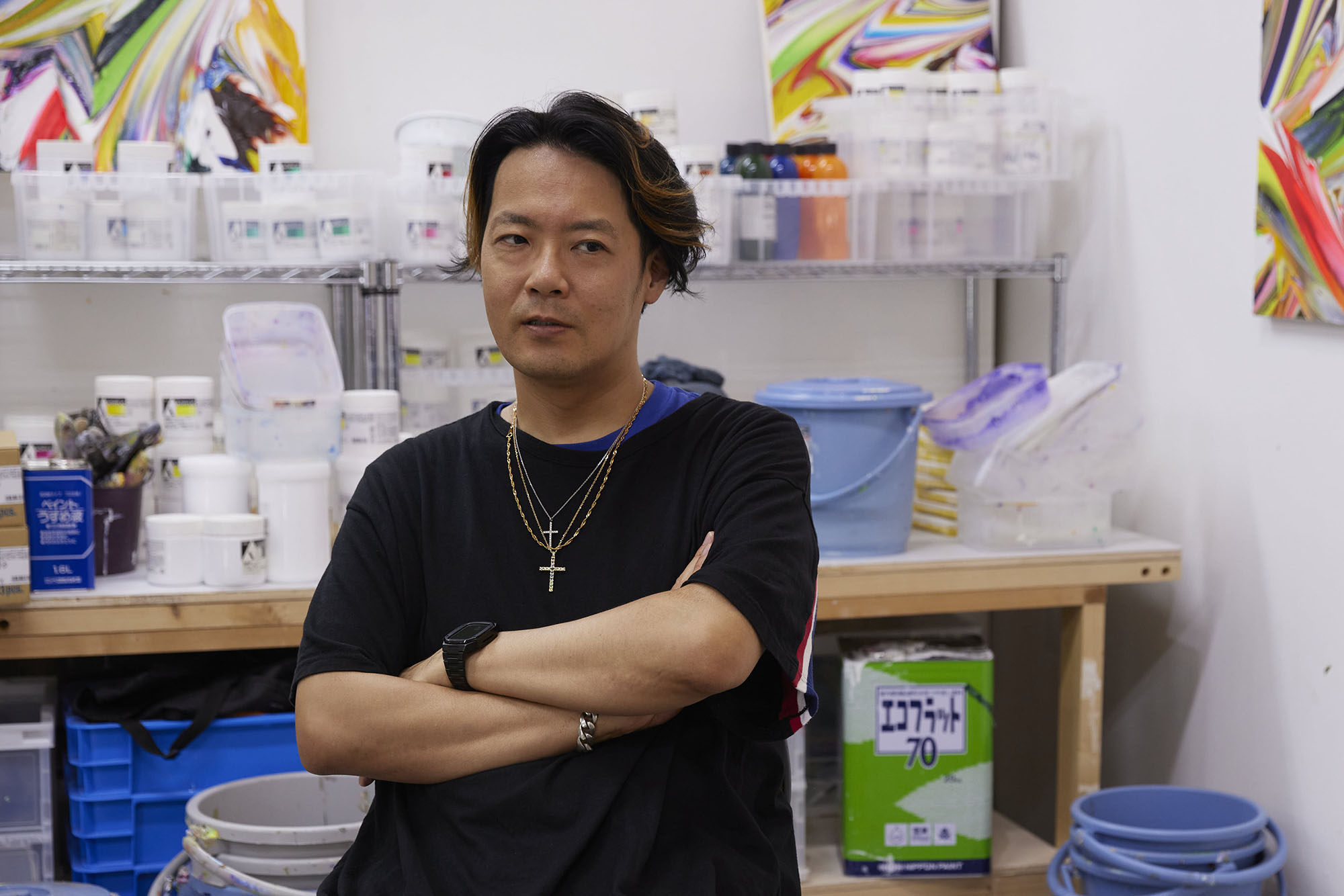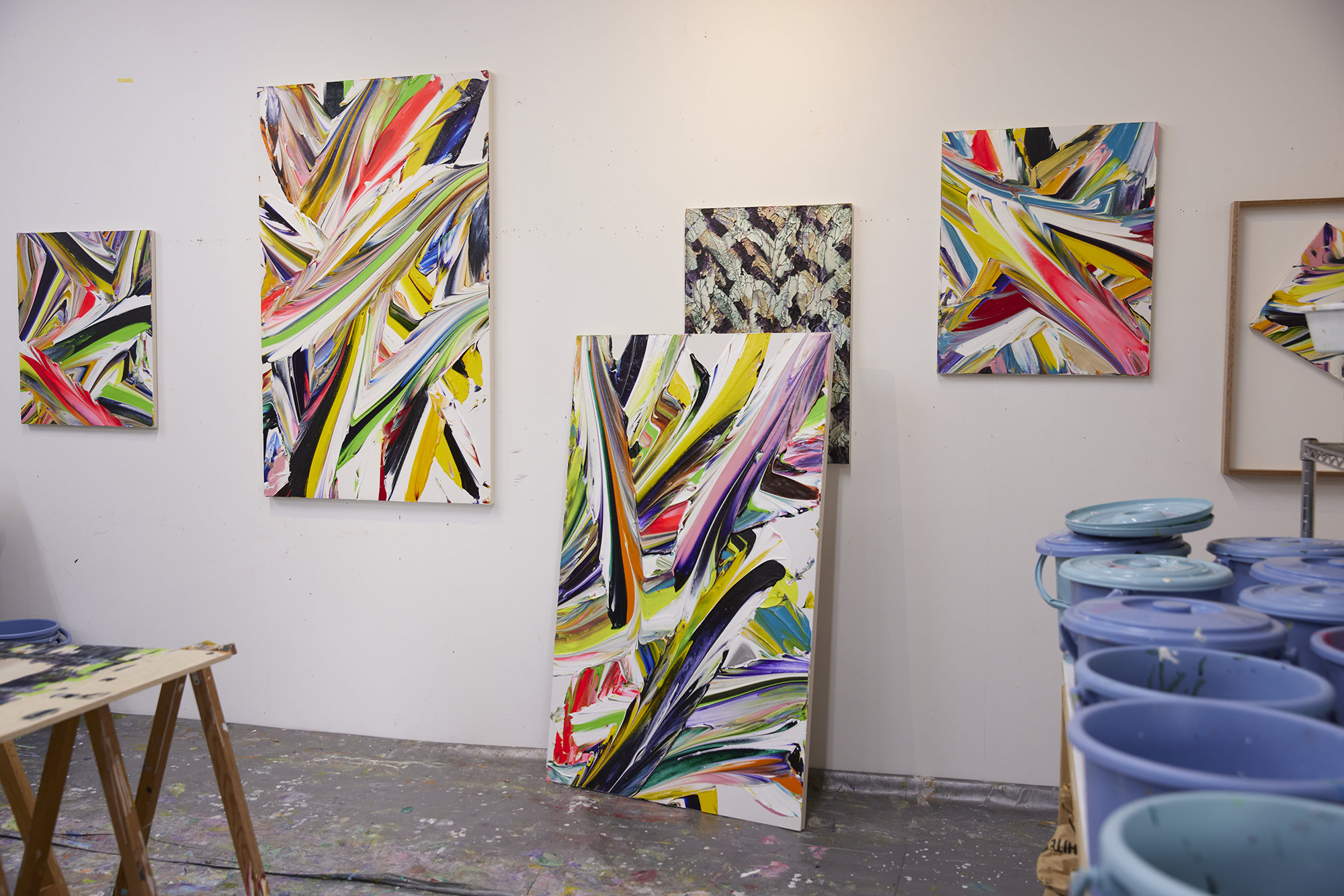Mitsumasa Kadota
ARTIST
Mitsumasa Kadota (born in 1980 in Shizuoka Prefecture) has focused on exploring new horizons in painting expression by addressing traditional issues in painting, such as the limits of the medium, the relationship between ground and figure, or the relative interplay between color and brushstroke. This style has won the admiration and a solo exhibition was held at Lincoln Center, NY in 2019 in conjunction with the Young Patrons Council of The Museum of Modern Art (formerly the Junior Associates). My works were also collected by the Sezon Museum of Modern Art.
門田 光雅
画家
1980年静岡県生まれ。 絵画の地と図への関心や、伝統的なメディウムの限界への挑戦、 色彩と筆致の相対的な関係性への模索の中で、美術の文脈の先にある絵画表現の新たな地平を探求している。そのスタイルが評価され、2019年にはMoMAのヤングパトロン協議会(旧ジュニアアソシエイツ)との共催でNYのリンカーンセンターにて個展を開催。近年では、「カラーズ ― 色の秘密にせまる 印象派から現代アートへ」(ポーラ美術館 2024)、「絵画のミカタ 5人のアーティストとみる群馬県立近代美術館のコレクション」(群馬県立近代美術館 2020)、「The ENGINE 遊動される脳ミソ 小野耕石×門田光雅」(セゾン現代美術館 2019)などに出品。セゾン現代美術館に作品が収蔵されている。
“What Lies Beyond Color”
「色彩の先に見えるもの」
Matsuba: When I first came up with the idea of launching this interview series on our company’s website, I knew right away that the first person I’d want to speak with was you, Kadota-san. That’s because about one-third of the works in my collection are your paintings. In other words, whether my collection holds its value in the future basically depends on you.
松葉:今回、インタビューのサイトを自社のHP内に追加しようと思いついたとき、まずは門田さんにお話を伺うことになるだろうと考えていました。というのも、僕のコレクションしているアート作品のおよそ3分の1は門田さんの絵です。つまり、僕のコレクションが将来価値を形成できるか否かは門田さんにかかっていると言っても過言ではありません。
Kadota: I’ll make sure you don’t regret it.
門田:後悔はさせないつもりですよ。
Matsuba: I’m counting on you. To start things off, I’d like to ask about your recent activities. I had the chance to see The Secrets of Color – from Impressionism to Contemporary Art, which was exhibited at the Pola Museum of Art in Hakone for half a year starting December 2024. I was deeply impressed to see your work exhibited alongside renowned artists from the modern era onward like Claude Monet, Henri Matisse, Donald Judd, and Gerhard Richter.
松葉:とても期待しています。というわけで、まずは最近の活動について伺いたいと思います。箱根のポーラ美術館で2024年12月から半年間の会期で開催された「カラーズ ― 色の秘密にせまる 印象派から現代アートへ」の展示を今年1月に拝見しましたが、クロード・モネやアンリ・マティス、ドナルド・ジャッド、ゲルハルト・リヒターといった近代以降の錚々たるアーティストと並び、門田さんの作品も展示されているのを目の当たりにし、大変感銘を受けました。
Kadota: Thank you. The Secrets of Color exhibition was a valuable opportunity to explore the deeper aspects of human nature that are difficult to articulate or invisible to the eye, through the broad theme of color. For my part, I curated my works around a concept I’ve been revisiting since my 2019 exhibition in New York—the sensation that these pieces are “polychromatic but come together as a single, chromatic concept.” Some of the pieces on display were actually borrowed from that New York show.
門田:ありがとうございます。カラーズ展は「色彩」という大きなテーマを通じて、言語化が難しかったり、目には見えないさまざまな人間の本質を探る、貴重な展示の機会だったと思います。僕は2019年のNYでの展示以降にヒントを得た「異なった多くの色彩が一つのまとまりに感じる感覚」を再考察するような展示と作品のセレクトを心がけ、出品作の一部はNYから借りて展示することもできました。
Matsuba: I’ve always found the appeal of your work to be in its vibrant use of color and powerful brushstrokes, and the untitled piece you brought from New York really stood out in that regard. The contrast between purple and yellow was striking, and there was a wonderful tension between raw energy and precision. I was also intrigued by your new piece where you painted directly onto a sofa. It was such a fresh approach.
松葉:門田さんの作品の魅力は多様な色彩と力強いストロークだと思っていますが、特に今回の展示のためにNYから運んだ「untitled」は、紫と黄色の組み合わせがとても印象的でしたし、荒々しさの中に緻密さも感じられる素晴らしい作品でした。また、ソファに絵を描くという新しいスタイルの作品にも挑戦されていたのも興味深かったです。
Kadota: For the exhibition at the Pola Museum of Art, I had the opportunity to collaborate with ARFLEX JAPAN, using their Marenco sofa as a three-dimensional canvas for a new piece. Painting on a three-dimensional object was a completely different process from my usual practice, but I found that the limitations actually became a source of inspiration. It helped expand my expressive range. Even in that work, I continued my recent exploration into how a single color, like black or white, can contain a whole spectrum of hues, and tried to capture that in the final piece.
門田:ポーラ美術館での展示に際して、ARFLEX JAPAN様の「MARENCO」のソファを立体キャンバスに見立てて絵を描くアートコラボレーションのオファーもいただき、それを新作として発表しました。立体物に絵を描くという、普段とは全く異なる制作への挑戦でしたが、その制約や制限がむしろ糧となり、自身の表現の幅を広げる機会となりました。この作品においても、白や黒といった「単色の中にもさまざまな色味を感じる感覚」という近年の色彩を通じた考察を投影し、その作品化を試みました。
-
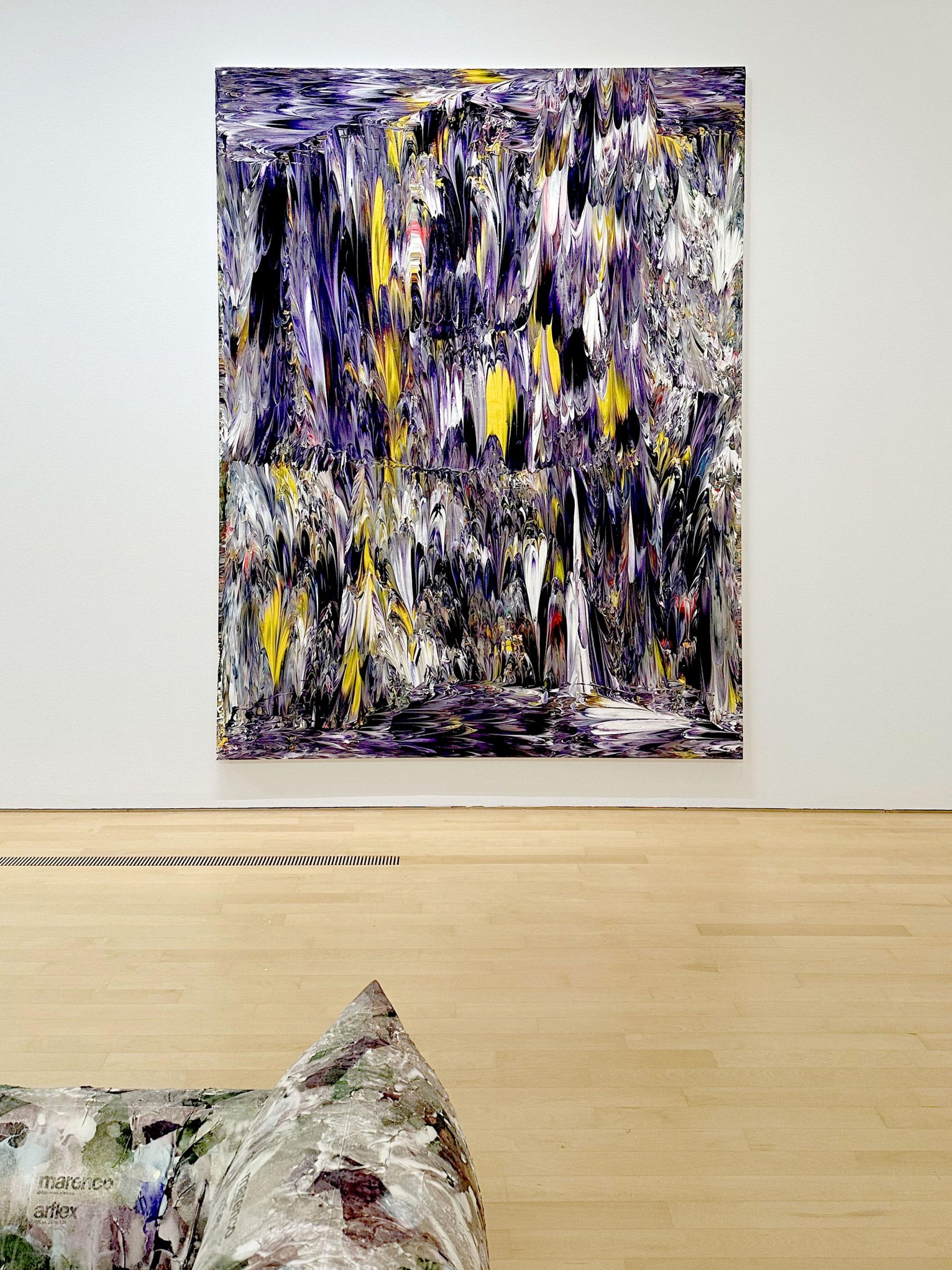
untitled
-
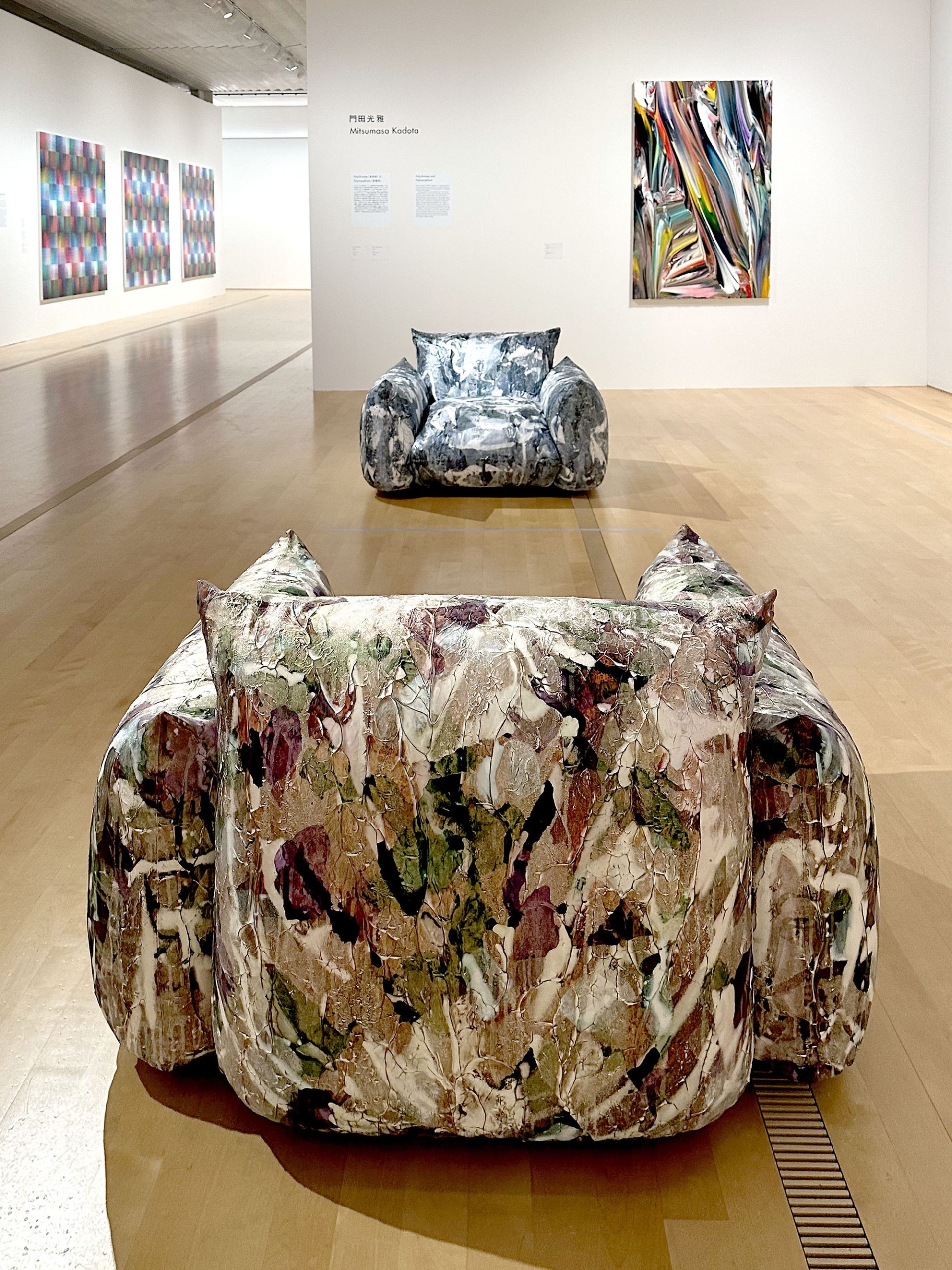
MARENCO
-
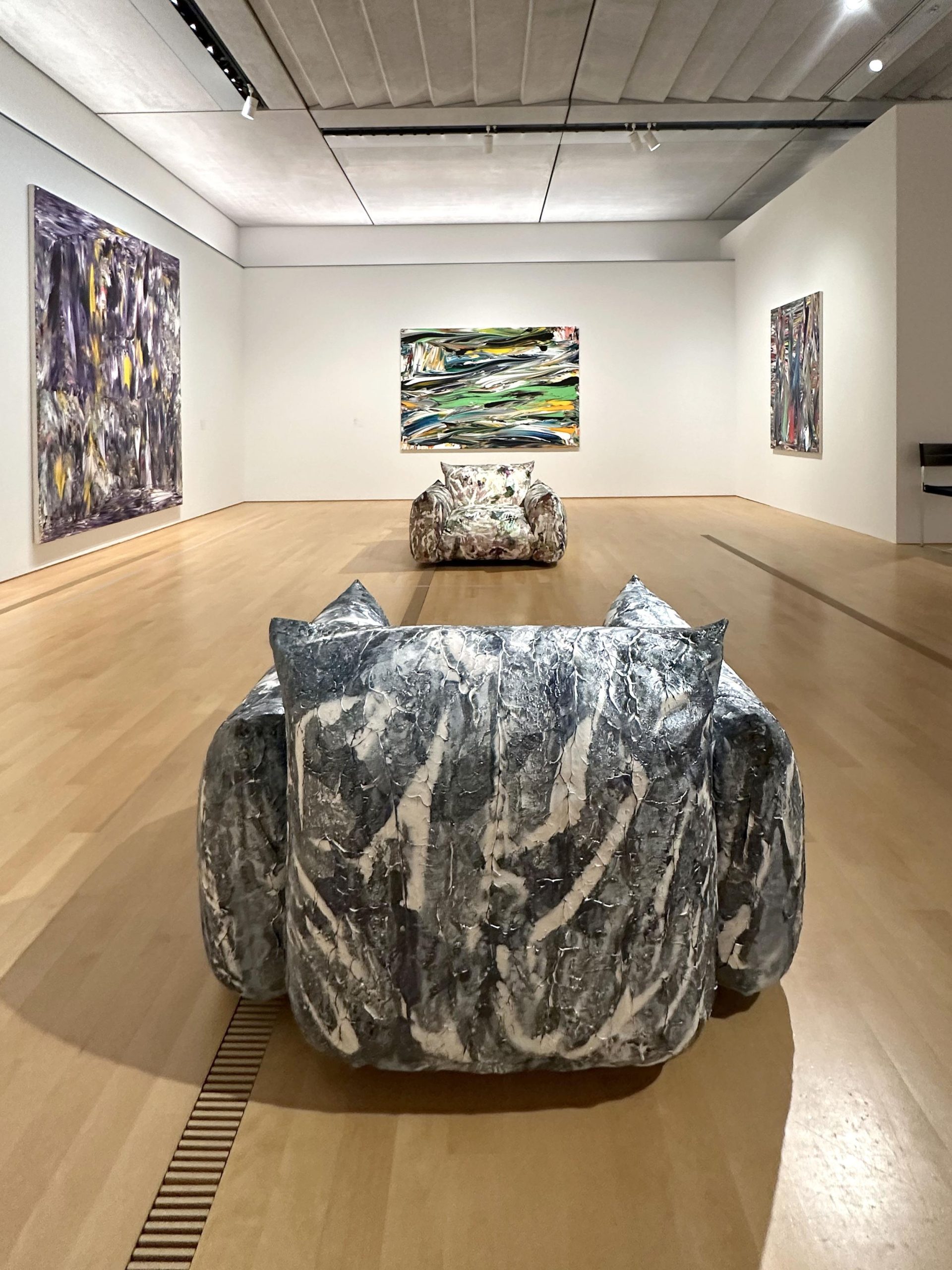
MARENCO
Matsuba: I imagine the exhibition at the Pola Museum of Art was a major success for you. How has the response been?
松葉:ポーラ美術館での展示は門田さんにとって大成功だったのではないかと思いますが、反響はいかがでしたか?
Kadota: The response has been wide-ranging. Several pieces were purchased by a collector in the U.S., and I was invited to take part in a group show at Tilsitt Gallery in Portugal, which runs through the end of September this year. Here in Japan, the Marenco sofa collaboration project also led to an exhibition opportunity at ARFLEX ReStore in Tokyo. That show was another chance to present works that explored the theme of diversity through color—this time in the context of a furniture store, a more everyday setting compared to a typical gallery. It was a stimulating experience.
門田:さまざまな反響がありました。海外ではアメリカのコレクターさんに作品を複数ご購入いただきましたし、ポルトガルのTilsitt Galleryからはグループ展のお誘いもいただき、今年の9月末まで参加しています。国内でも同様に「MARENCO」のソファとのコラボレーションをきっかけに、都内のARFLEX ReStoreでの展示の機会もいただきました。この展示でも、色彩を通じた多様性の考察を展開した作品を出品し、家具店という日常生活に近い環境で作品を見せるという、普段のギャラリーとは全く異なる刺激的な機会となりました。
Matsuba: That’s an impressive run, especially considering the recent decline of the global art bubble that was inflated by excess liquidity during the pandemic.
松葉:コロナ禍の金余りによって引き起こされた世界のアートバブルが崩壊しつつある近年において、素晴らしい活躍ですね。
Kadota: The exhibition at ARFLEX ReStore, in particular, helped me realize that there are opportunities and possibilities to broaden my horizon beyond the standard avenues of galleries and art fairs.
門田:特にARFLEX ReStoreでの展示の経験は、ギャラリーでの作品発表やアートフェアへの参加といったスタンダードな方法以外にも、視野を広げるチャンスや可能性があることに気づくきっかけとなりました。
Matsuba: As a collector, I often feel that while displaying art in the white cube of a gallery is ideal for showcasing the work itself, it doesn’t really help people visualize how that art would fit into their everyday lives. I’ve always thought that if more galleries could bridge that gap, they could sell more art. That’s why I think showing art in interior shops that present a full lifestyle concept can be a great fit, for both parties. Of course, that only works if the shop is the right one.
松葉:コレクター目線で言うと、アートがギャラリーのホワイトキューブに展示されている状況はアート単体をよく見せるという意味では正解かもしれませんが、実際に購入したときにどのように生活に落とし込まれるのかはイメージしにくいと感じています。その点をどこかのギャラリーが上手くやれば、もっと多くの人にアートを売れるのになと、もったいなく思います。そういった意味でも、ライフスタイルを提示するインテリアショップでのアート展示は双方にとって相性が良いのだと思います。もちろん、どこのお店でも良いというわけではありませんが。
-
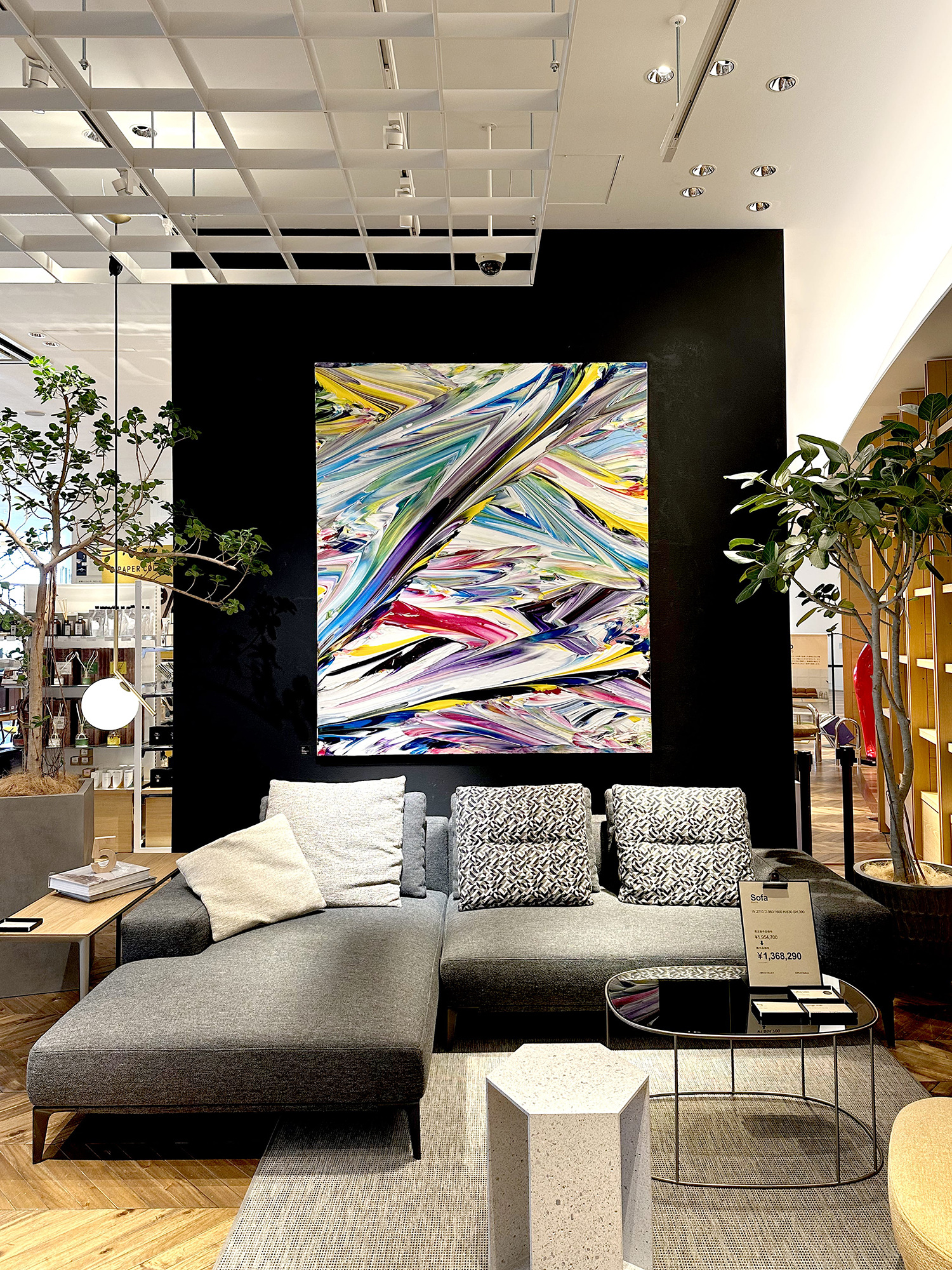
ARFLEX ReStore
-
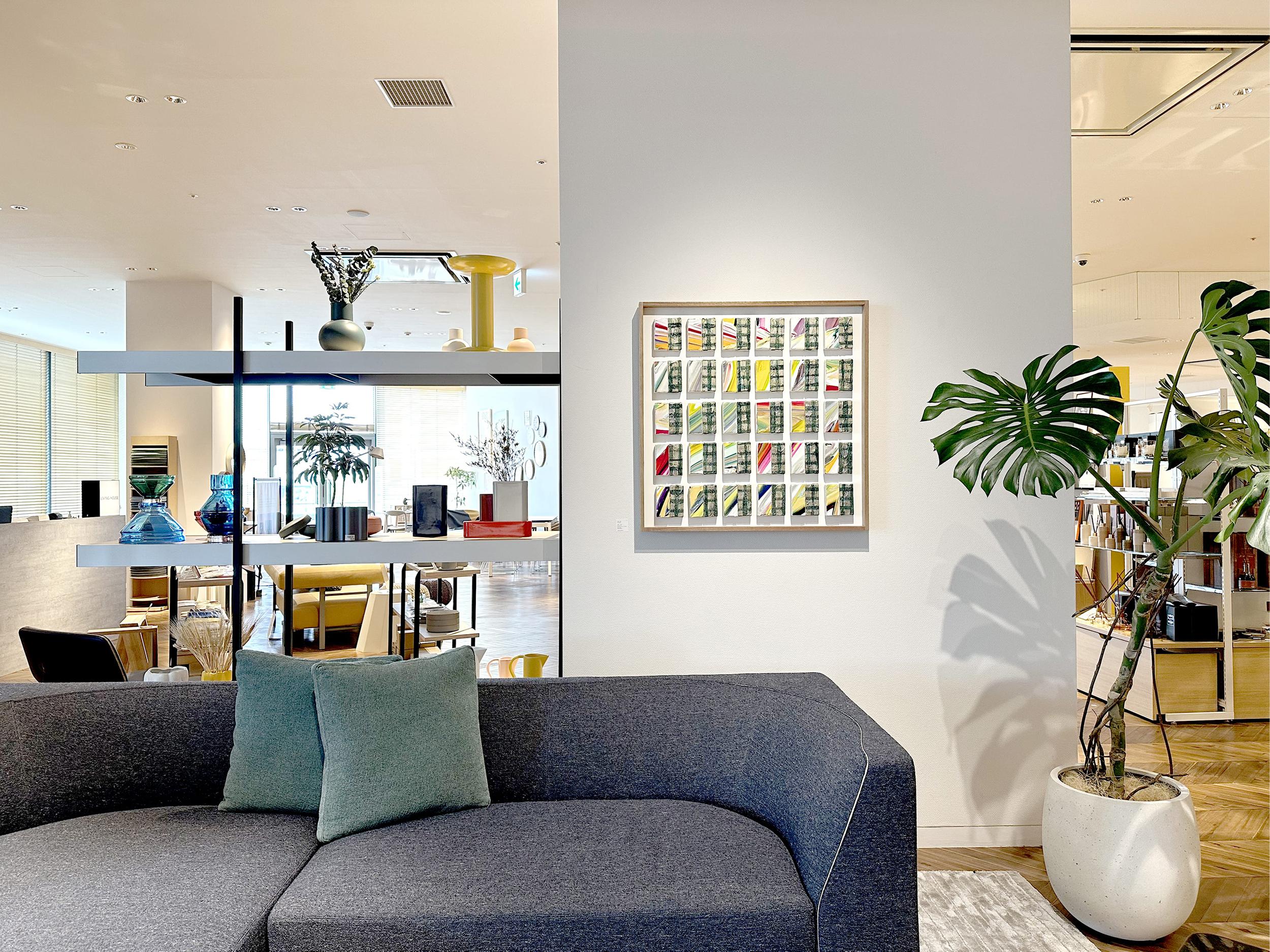
ARFLEX ReStore
Paving Your Own Path
「道を切り開くためには」
Matsuba: I’d like to ask next about your philosophy and stance as a painter. What kind of things do you usually have in mind when you paint?
松葉:次に門田さんの画家としての思想やスタンスについて伺いたいのですが、日頃はどのようなことを考えながら絵を描いているのでしょうか?
Kadota: When I paint, I want to create something that offers a new human perspective—something that expands our sensory perception in ways we haven’t yet realized. It’s said that painting began with cave art, and I think our ancestors discovered that by leaving behind lines, colors, and shapes, they could open up new meanings and value. In my view, this realization that things can be perceived in multiple ways and can evolve is as revolutionary as when humanity first proposed heliocentrism in ancient times or later uncovered the theory of relativity. Thinking of it that way, the act of painting to this day carries a profound mission: to give rise to new ways of seeing the world. That’s why I believe the key for any painter is how they fulfill that role.
門田:絵を描く上では、人間の新しい視点となるものや、まだ気づいていない「感覚の拡張」となるものを描きたいと思っています。絵は洞窟の壁画から始まったとされていますが、私たちの祖先が線や色・形を残すことで、そこに意味や価値の広がりを生み出せることに気づいたのだと思います。「物事は様々な捉え方ができ、変化することもできる」という気づきは、原始時代において地動説や相対性理論を発見したような出来事に匹敵するものだと僕は思っています。そう考えると、今日に至るまで絵を描くことには、物事に新しい視点を生み出すという大きな使命があり、画家はその役割をどのように果たせるかが大切だと考えています。
Matsuba: Ancient pictographs like hieroglyphs are essentially drawings, after all. It’s clear that painting, which began with cave art, ultimately led to the development of language. But when we take a moment to reflect on that, we realize it was as important an invention as money or religion in shaping the foundations of society—maybe even more so. When seen as something closely tied to the history and progress of humankind, the grand sense of mission and role you mentioned becomes much easier to understand. At the same time, it also makes you realize just how much so-called “art” today stops at superficial expression and technique.
松葉:ヒエログリフに代表される古代の象形文字は、もともと絵ですからね。洞窟の壁画を源流とする絵が言語に繋がる発見であることは明白ですが、改めて意識しなおすと、社会基盤を構成する貨幣や宗教にも並ぶ、もしくはそれ以上に重要な発見であったことがわかります。人類の歴史や発展に密接に関わるものであると捉えれば、門田さんがおっしゃる壮大な使命や役割というのも理解できますし、表層的な表現や技法だけに終始してしまっているアートと称するものがいかに多いかにも気付かされます。
Kadota: Of course, everyone has their own thoughts and ways of expressing themselves, so I’m not saying what’s good or bad. But I do approach my work with the intention of drawing a clear line between my art and that kind of work.
門田:もちろん、それぞれの考えや表現の仕方がありますので良し悪しの話ではありませんが、そういったものとは一線を画すつもりで絵を描いています。
Matsuba: That’s quite the declaration. Well, I suppose it’s because we’re always talking like this that neither of us has many friends in the industry. Still, I’m really looking forward to what you do next. Do you have any upcoming plans?
松葉:言い切りましたね。まあ、普段からこんな話ばかりしているから門田さんも僕も同業者に友達が少ないのだと思いますが。でも、とても期待しています。あと、今後はどのような活動をされていく予定ですか?
Kadota: In addition to the upcoming exhibition at the Pola Museum of Art I mentioned earlier, I’d like to make the most of the opportunities and connections I’ve been given and actively expand my activities both in Japan and abroad.
門田:先ほどお話ししたポーラ美術館での展示もそうですが、いただいたご縁やチャンスを活かして、国内はもとより海外にも積極的に活動の場を広げていきたいと思っています。
Matsuba: I hear you’ll be holding a solo exhibition at a gallery in New York next year?
松葉:来年はNYのギャラリーで個展を開催されるそうですね。
Kadota: The details are still being worked out, but yes. It’ll be my first solo show since the one at Lincoln Center in 2019, so I’m really looking forward to it. Also, in today’s art scene, the value of artworks is often controlled by the market, or in other words, by the sellers. As a painter, I want to push back against that system and challenge the world by presenting works with new kinds of value. I believe that’s the most important thing I can do to truly carve out my own path.
門田:詳細はこれから詰めていきますが、2019年のリンカーンセンター以来の個展なので、とても楽しみにしています。また、今日のアートシーンでは作品の価値が市場、すなわち売り手側によってコントロールされてしまうことが多いのですが、画家としてそのような状況を乗り越え、新たな価値を持った作品を提示することで世界に挑戦したいと思っています。それが自分で道を切り開くために何よりも重要なことだと信じています。
Matsuba: Following someone else’s lead just isn’t satisfying. You’ve got to create your own way if you want it to be meaningful.
松葉:やっぱり誰かの後追いではつまらない。自分で道を切り開いていかないと面白くないですよね。
Kadota: Exactly. I think staying true to that is what allows you to encounter unexpected opportunities and meaningful connections. That, to me, is what art is really about.
門田:そうですね。そうあり続けることで予期しないチャンスや、大切な出会いに巡り合えるというのが、美術本来の姿だと思います。




